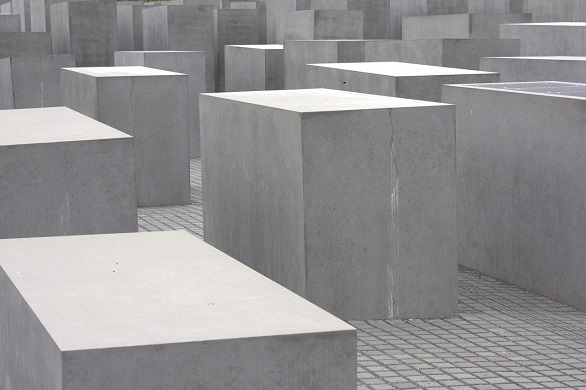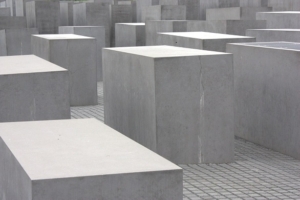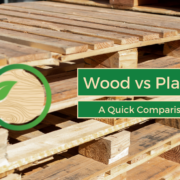Wood-Based Concrete
Wood-Based Concrete
Many people think of concrete as the complete opposite of wood when it comes to building material, but researchers have found a way to combine the two materials into a new building material that could change the way homes are built.
According to the program “Resource Wood,” Swiss researchers have developed a new load-bearing concrete that is composed largely of wood. In many of the blends that they’ve developed, the volume fraction of the wood is over 50 percent. Although this is not the first cement-bonded wood product to be developed, it is the first load-bearing product. Previous products have been used for insulation and other purposes that, while important, were never meant to bear the load of a building structure.
Traditional concrete is composed of a coarse aggregate bonded together with cement. This aggregate is usually made up gravel or crushed rocks such as limestone or granite along with sand and other finer materials. With this new wood-based concrete, the aggregate is composed of finely ground wood. In other words, sawdust is mixed in with cement. The result is a concrete that is lighter and more flame-resistant than many other building materials. Thanks to the wood content, the concrete can double as an insulator and a load-bearing building material. Because it is so much lighter than traditional concrete, some of the new concrete mixes can even float in water.
Concrete as a Renewable Resource
Perhaps the most exciting aspect of wood-based concrete is that it is more environmentally-friendly than traditional concrete thanks to being made largely from renewable resources. Concrete that is no longer needed can be dismantled and used as a heating or insulating material. Even though the substance conforms to fire protection standards, the wood content can be burned in a waste incinerator.
Despite its lighter weight and reliance on wood over stone, this new concrete has been shown to be suitable for slab and wall elements. It is also ideal for prefabricated building elements since it can be produced and transported relatively easily.
It is unclear when we’ll be seeing homes and other buildings composed of this new wood-based concrete. As of right now, researchers are looking into ways to manufacture the concrete quickly and easily enough to make it a viable option for new construction projects. They are also trying to find the best applications of this new material.
Concrete is by far the most common man-made building material in the world, and this new wood-based product does present some exciting possibilities. It might not completely replace traditional concrete, but its lighter weight and reliance on a renewable resource are some very good reasons for the construction industry to take notice. Only time will tell if we will be seeing more of this substance in our homes, though.










